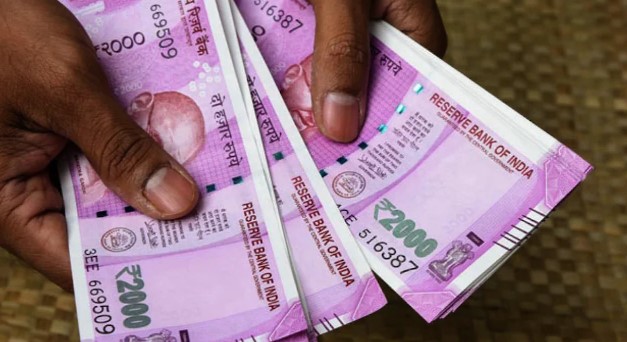
Demonetization then and now
- November 29, 2023
- 0
Undoubtedly, the decision made on May 19, 2023, cannot be compared to the demonetization declared on November 8, 2016. In 2016, the validity of 500 and 1,000 rupee notes ended abruptly at midnight on November 8, while the 2,000 rupee note remains legal despite its expiry.
What’s more important is that in 2016, the demonetized notes constituted 86% of the total currency in circulation, whereas in May 2023, the discontinued currency was only 11%. Additionally, there is a significant difference in the quantity of notes involved. In 2016, about 21 billion notes were exchanged or deposited, while in 2023, only 1.78 billion notes.
In November 2016, Prime Minister Narendra Modi’s message was clear and transparent, but it created fear among the people because it was stated that this move was to eradicate black money. People believed that those holding a large number of notes might come under scrutiny.
The Reserve Bank’s had clarified that Rs.2,000 was issued to meet immediate monetary needs in November 2016 when the circulation of 500 and 1,000 rupee notes was discontinued. After achieving the goal and ensuring sufficient availability of other denominations, the printing of 2,000 rupee notes was stopped in 2018-19.
An extended window of 140 days was provided for depositing or exchanging the notes. In contrast, in 2016, there were 52 days for exchanging 500 and 1,000 rupee notes.
The most crucial aspect is that the banking system had to handle the exchange or deposit of only 1.78 billion notes in 140 days in 2023. In contrast, in 2016, 21 billion notes with a total value had to be exchanged within 52 days.
Another reason for the ease of this task in 2023 is the expansion of the country’s digital payment network through the Unified Payments Interface (UPI) in recent years. The demonetization in 2016 greatly accelerated this process, making it easier to return 2,000 rupee notes.
In October 2016, 26 banks were connected to the UPI system, with 48 crore rupees worth of one lakh transactions. By May 2023, the number of banks connected to UPI had increased to 445, with transactions totaling 9.4 trillion rupees worth of 15 lakh crore rupees. The expansion of mobile-based UPI networks reduced the likelihood of any potential chaos in the case of 2,000 rupee notes.
However, the Reserve Bank stated that 2,000 rupee notes were withdrawn because they were not commonly used in transactions. This perspective does not align with the experiences of businesses, small traders, and the public. It also raises the question of the real motivation behind withdrawing the 2,000 rupee notes.






























































